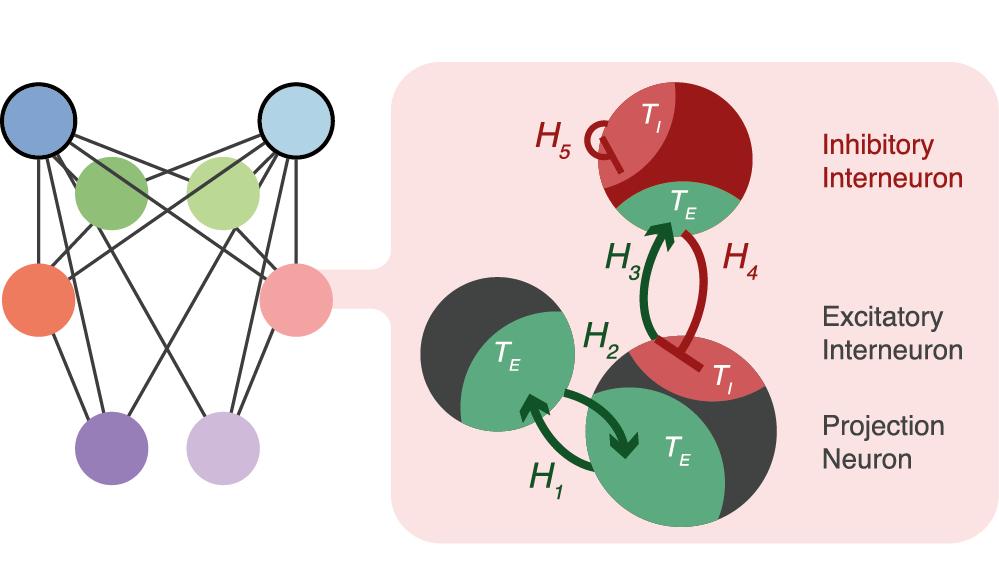Whole brain seizure networks in zebrafish models of GABRA1 and GABRG2 related epilepsies
R. E. Rosch1,2,3 *, D. R. W. Burrows1 *, É. Samarut4, M. P. Meyer1
1 - MRC Centre for Neurodevelopmental Disorders, Institute of Psychiatry, Psychology and Neuroscience, King's College London, London, UK;
2 - Complex Systems Group, Department of Bioengineering, University of Pennsylvania, Philadelphia PA, USA;
3 - Department of Paediatric Neurology, Great Ormond Street Hospital NHS Foundation Trust, London, UK;
4 - Department of Neurosciences, Research Centre of the University of Montreal Hospital Center, Montreal QC, Canada;
* These authors contributed equally
Knock-outs of gabra1 and gabrg2 cause epileptic phenotypes in zebrafish
- GABA-A receptors are the predominant fast inhibitory neurotransmitters in the brain and are implicated in epilepsy
- Zebrafish have emerged as novel a novel model organism for epilepsy research, with an increasing number of genetic lines now in development
- Zebrafish lines of two human genetic epilepsies GABRA1 and GABRG2 show evidence of reflex convulsive seizures
- Loss of function in different GABA-A subunits is associated with behaviourally distinct phenotypes in zebrafish models of the disorder
There are persistent genotype-specific functional brain network differences
- We estimate time varying interregional functional connectivity over a five minute time window following light stimulation
- After initial response to the light stimulation, functional connectivity reaches a steady state
- The steady state is dominated by distinct, genotype specific steady state connectivity patterns
- The different KO zebrafish lines show distinct differences in functional connectivity, extending beyond ictal stimulus responses
Neuronal responses to visual stimuli show genotype-specific signatures
- We performed light sheet imaging of 3-4 PTU-raised wildtype, gabra1 -/-, and gabrg2 -/- larvae at 6-8dpf
- Both gabra1 -/-, and gabrg2 -/- larvae show patterns of hyuperexcitability in response to light stimulation
- The predominant different in overall activity distribution occurs early after light exposure
- Brain-wide light-induced responses in the different lines are separable in even a low dimensional representation

GABA subunit knockouts affect distinct parts of synaptic network coupling
- distributed difference in functional connectivity may result from more localised differences in effective connectivity
- dynamic causal modelling (DCM) allows us to estimate parameters of a biophysical population model based on the observed data
- we find genotype specific differences in network connectivity of these model descriptions
- GABA subunit knockouts may target anatomically or physiologically defined subsets of GABAergic synapses








